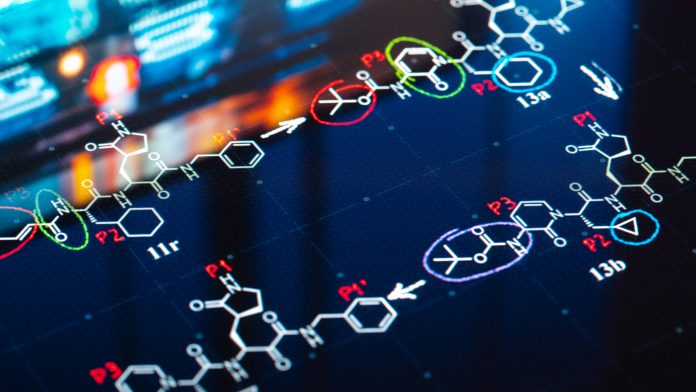A research team from Belgium, the Czech Republic, and Italy present technology known as ‘plasma-enabled surface engineering’ to combat drug-resistant infections.
Drug resistant infections
The deepening concern over drug-resistant infections, coupled with prevailing hospital-acquired infections from surgical tools, implants, and heavily touched surfaces, has increased antimicrobial material development in recent years.
Conventional wet-chemistry methods used to create biocidal materials are complex, time-consuming, and expensive. However, the new technology developed by the scientists is said not only to combat the issues associated with drug resistant infections, but also the problems connected with costs.
“Plasma-based engineering is an inexpensive and environmentally friendly method, because it doesn’t require the use of solvents and can be scaled up to industrial production relatively straightforwardly,” explained Anton Nikiforov, co-author on the study.
Plasma-enabled engineering
The technology relies on nonequilibrium plasma, or partially ionised gas, that produces chemical reactions to change the properties at the material surface. The different temperature levels within the plasma — usually ionized noble gases, oxygen, or air — create distinct chemical pathways. Reactions can be manipulated by adjusting electric power for surface activation, coating deposition, and surface nano structuring of virtually any solid material, such as drug-release surfaces.
These drug-release surfaces created by this plasma-enabled engineering technology would be contact-killing and antifouling. Contact-killing materials destroy microorganisms through the microscopic spikes that puncture microorganisms on contact. Scientists analysed the results of another study, which revealed that plasma-etched black silicon nanopillar structures are highly bactericidal against a variety of bacteria, including Staphylococcus aureus, an antibiotic-resistant bacterium well known for causing serious skin infection that can also infect the bloodstream, lungs, heart, and bones.
Additionally, antifouling materials prevent microorganisms from accumulating on surfaces and to form biofilms and other dangerous microbial environments. Some of these materials are inspired by what nature has already invented, such as the antifouling properties of cicada and dragonfly wings, which are made up of nanopillars that kill microbes on contact and produce biochemicals to repel moisture.
The plasma polymerised superhydrophobic thin coatings — water-repelling materials inspired by the lotus leaf — have also been extensively developed and investigated for their antifouling properties. With the lack of moisture, microorganisms are prevented from adhering to and reproducing on these surfaces.
Drug-release surfaces control the release of antimicrobial compounds, enabling high-dose delivery of antibiotics to targeted locations, which is useful after surgery. For example, vancomycin, a common antibiotic, was deposited inside spherical particles. This was achieved in aerosol-assisted plasma deposition that combines high-energy plasma and drug aerosols.
Numerous plasma-based methods have been developed to create such surfaces, including low-pressure and atmospheric pressure plasma etching, plasma polymerization, sputtering, gas aggregation of nanoparticles, aerosol-assisted plasma deposition, and various combinations of the same methods.
Although plasma-based engineering is sure to accelerate, there are still challenges to overcome, including the need to better understand how bacteria stick to surfaces and what exactly is taking place as the microorganisms are destroyed.









